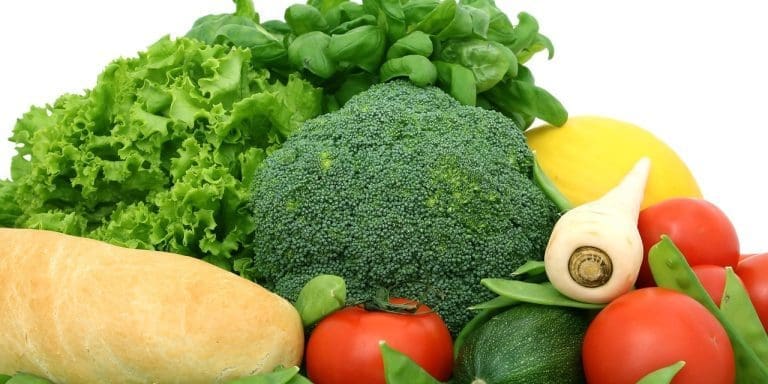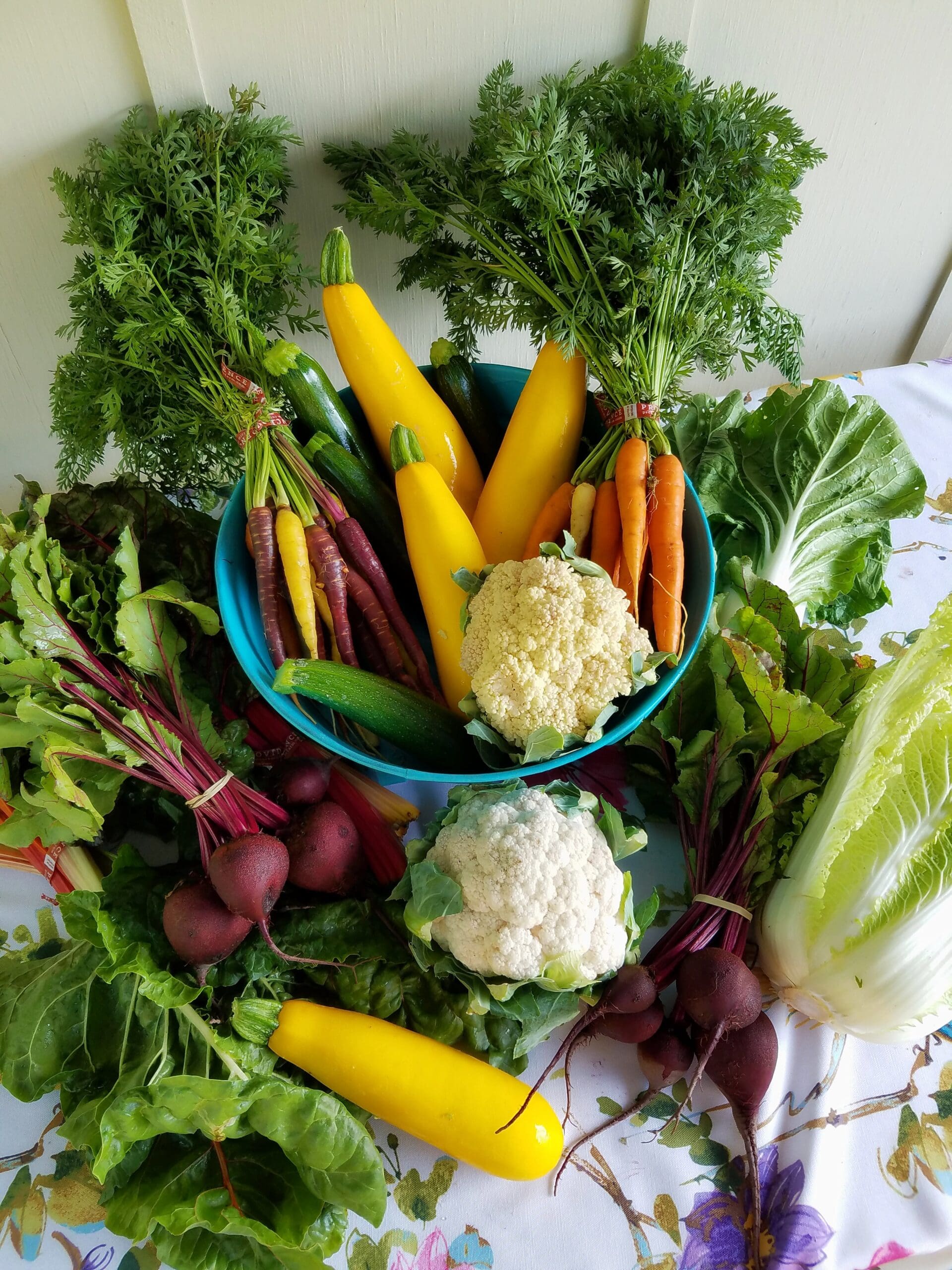Today, I went to Sam’s Club to resupply the steaks that I eat for my carnivore lifestyle. A diet is short-term, but a lifestyle change is what is needed for better health. My normal routine is I buy about a hundred dollars US of steaks and maybe some ribs or some fish, depending on the prices. When I get home, I have a vacuum sealer and divide the steaks into sections, maybe two, maybe three, once again depending upon the size and thickness of the steak.
I should warn you that today’s post should come with a warning: Please do not continue reading if you recently ate. The details contained in this blog post may be quite startling.
What caught my eye this time was imitation crab meat. It wasn’t the price. It was the list of ingredients. The first thing I noticed was the Added Sugars (3g / 11% Daily Value). Let’s analyze the list of ingredients and explain in a little bit more detail what we are consuming.
- Fish Protein (Pollock and/or Pacific Whiting) – this one is simple enough. It refers to the protein content found in finfish and shellfish.
- Water – I hope I don’t have to explain this one.
- Modified Tapioca Starch – This is a processed starch that has been physically, chemically, or enzymatically altered to achieve a specific function. This function can be stability, viscosity, and resistance to high temperatures, acids, freezing, or thawing cycles. It is used for lower saturated fat since tapioca contains no saturated fat, because there is still a belief that saturated fats increase the risk of heart disease. It is cost-effective because it is cheaper of the other starches. It is also an effective replacement for gluten found in wheat flour.
- Sorbitol – this is a type of carbohydrate that falls into the category of polyols, sugar alcohols. This is a low-calorie sweetener and emulsifier. Emulsifier just means it is a food stabilizer for processed foods.
- Sugar – Why would you put sugar in imitation crab meat? According to ChatGPT, sugar is added to enhance the flavor and help balance the fishy or savory flavors of the processed white fish. Sugar acts as a humectant. This helps it to retain moisture and gives imitation crab meat its firm but tender texture characteristic. When sugar is combined with salt, it can play a part in the preservation of the product by limiting microbial growth. Sugar may also assist in the slight caramelization or browning that gives imitation crab meat its pinkish-orange outer layer, which mimics cooked crab legs. The added sugar can stabilize the protein matrix during the surimi process, helping the crab meat better survive freezing or thawing cycles without becoming watery or mushy. The surimi process was developed in Japan as far back as 1115. It is a process where minced fish undergoes multiple rounds of washing in cold water at a specific ratio and is strained to remove the wash water along with the impurities. This process removes fat, blood, enzymes, and sarcoplasmic proteins, which might affect the stability and appearance of the product. The next step is to dehydrate the product to around 75-80% moisture content. This is done because ice crystals can form in the freezing process, which damages the protein. Additives are incorporated at this point before the block formation and rapid freezing.
- Natural and Artificial Crab Flavor – Since the original product was Pollock or Pacific Whiting, natural and artificial flavor must be added. But did you know that the natural flavor is derived from plant or animal sources? The artificial crab flavor is made synthetically in a lab.
- Tapioca Starch – I noticed that this was listed again in the ingredients, but it’s not modified. I’m guessing that’s why they had to list it twice, but for the same reasons.
- Soybean Oil – This is a vegetable oil extracted from the seeds of the soybean. If you are not familiar with the process of making any of the vegetable oils, let’s just say it is not very healthy (I might do a follow-up post on the dangers of vegetable oils).
- Potato Starch – Potato starch is like the modified tapioca starches. It is added as a binder. This helps to hold together the processed fish paste and give it a firm and cohesive texture, which is similar to real crab meat. It also keeps in the moisture keeping the product tender and juicy without drying out. Potato starch is a neutral flavor, unlike wheat or corn starch, so it won’t interfere with the taste. It also enhances the freeze-thaw stability to maintain the texture and structure. Potato starch is another product that is gluten-free, so they can make sure they post that on the label to appeal to a wider range of customers.
- Egg White Powder – This is made by separating eggs into whites and yolks. They pasteurize the whites and then spray-dry them into a fine powder. The reason for using egg white powder, which is a dried and powdered form of the egg white, is that it has a longer shelf life and does not require refrigeration. Egg white powder is also a binding agent that is rich in protein, which makes the texture firm and cohesive. It will act as a natural emulsifier, helping to blend the fat and the proteins from the fish evenly for a uniform product. It can also contribute to a light and airy texture and retain moisture. Using powered egg white instead of fresh eggs can simplify labeling, storage, and safety of the product for shelf-stability.
- Salt – Salt is simply added to enhance the overall savory, seafood-like flavor of imitation crab. Salt can help solubilize and extract myofibrillar proteins from the fish paste. Technically, creating a firm, springy, and cohesive texture. Salt contributes to the product stabilizing during the freezing and thawing process, while limiting the growth of bacteria and spoilage organisms.
- Rice Wine – When I saw rice wine as a listed ingredient, I was surprised. After researching rice wine, I found that it will mask the strong fishy odor of the pollock. It adds a subtle sweetness and depth of umami (a category of taste in food corresponding to the flavor of glutamates, especially monosodium glutamate). Rice wine has some mild antibacterial properties and can carry aromatic compounds that make the product smell fresher and more appealing.
- Glycine – Glycine is a naturally sweet amino acid that adds a mild, pleasant sweetness, which enhances the taste of the imitation crab. Glycine can act as a buffer, stabilizing the pH level during processing. It can also improve protein stability and texture.
- Potassium Chloride – Potassium Chloride (KCl), mimics the salty taste of sodium chloride (table salt) only to lower the sodium content of the imitation crab meat. It can mask the bitterness from other additives or fish proteins. Potassium ions can interact with fish proteins to influence the gelation and firmness. The plus is that the food processing company can advertise as having added potassium.
- Sodium D-Gluconate – Sodium D-gluconate is added for the functional roles in stabilization, preservation, and quality control. It achieves this by binding to metal ions like iron, calcium, and magnesium that could accelerate oxidation. causing discoloration and off-flavoring). It slows the lipid oxidation and rancidity caused by the trace metals in fish. Sodium D-gluconate can also act as a mild buffering agent,t which will help stabilize the pH levels during production.
- Dextrin – Dextrin is a partially broken-down starch that will act as a binder and thickener by binding the water and proteins. It also has moisture retention and stabilizer properties. In some formations, dextrin can give the surface a slight sheen or smoothness to enhance the visual appeal of the product.
- Carmine Color – I hope that you have not eaten at this point. Real crab meat will turn bright red or orange when cooked due to natural pigments like astaxanthin. Carmine will replicate that cooked seafood appearance. Carmine is a natural dye derived from cochineal insects. For that reason, the food companies can state on their labels “Naturally colored” or “No artificial dyes”. Carmine is very heat and pH-stable, so it won’t fade or turn brown during the processing, freezing or cooking process.
- Sodium Tripolyphosphate – Sodium Tripolyphosphate is an inorganic compound used as a synthetic preservative to retain moisture and tenderness. It helps with all the items listed before, like moisture, improved texture, and protein breakdown in order to increase the shelf life of the product
- Tetrasodium Pyrophosphate – Tetrasodium Pyrophosphate (TSPP) helps bind the proteins and retain water. Without TSPP, the product would become dry, rubbery or leak fluid. TSPP helps the imitation crab meat hold its shape. TSPP will interact with the muscle proteins to prevent denaturation (breakdown) during the heating process. This helps to end with a product that is smoother and more consistent.
- Inosinate – Inosinate (specifically disodium inosinate IMP) is added as a potent flavor enhancer. When combined with glutamates, it dramatically boosts umami, the savory flavor that makes foods taste rich and satisfying. Real crab contains natural nucleotides like inosinate, so it is added to replicate that crab taste characteristic. It works synergistically with guanylate (GMP) and monosodium glutamate (MSG) to create a layered and complex flavor profile that mimics real seafood more convincingly.
- Paprika Color – Coloring is everything, especially when the consumer can see the product in the packaging. Paprika extract provides that bright red to orange coloring similar to cooked crab. Paprika, compared to synthetic dyes, is considered a natural colorant, so the food manufacturer can still claim “No artificial additives”.
- Disodium Succinate – Disodium succinate is a flavor enhancer to create the deeper, more authentic umami and shellfish-like taste. Disodium succinate is heat-stable so its flavor will remain consistent during cooking and pasteurization processes.
- Xanthan Gum – Xanthan gum is a binding agent. It helps thicken the surimi mixture which will ensure that all ingredients stay combined. It stabilizes the product during freezing, thawing, and heating, preventing separation of the ingredients.
- Disodium 5’-Guanylate – Disodium 5’-Guanylate (GMP) is also a powerful flavor enhancer. It works synergistically with the glutamates and inosinate to create a savory, meaty flavor. It adds depth and complexity without the overall increase in sodium content. Only a very small amount (noted by being the last on the ingredient list) has a noticeable effect on flavor. This makes it cost-effective for the food-processing companies.
That ends the list of ingredients for a package of imitation crab meat. The point I am trying to make is just imagine that list of ingredients for not only the fake meat and vegan products, but items like crackers, cookies, cereals, etc. Any processed food item that the manufacturers want to keep on the shelves for any period of time contains some of these items. I cannot stress enough that for your health and the health of your loved ones, processed food must be kept to a zero or at the very least a minimum. I hope this increased your willingness to discover what other hidden chemicals, additives, and preservatives are added to the majority of your regularly purchased grocery items.




